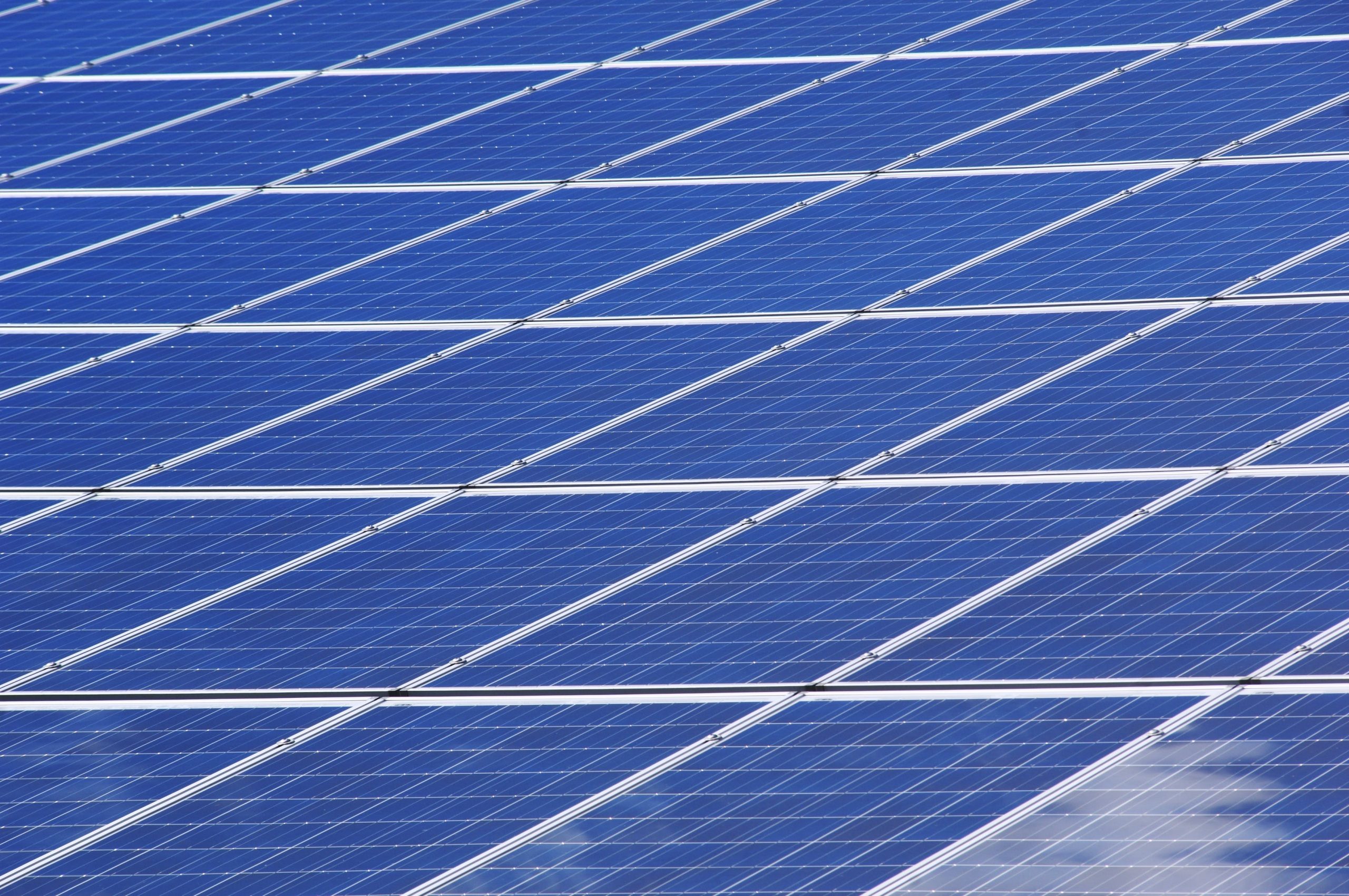Did you know that around 15 % global silicon demand could be provided from solar PVs wastes by 2030? Silicon circularity reduces 54 % energy and 69 % water use than primary production, and recycling contributes to mitigating 45 % GHG emissions of silicon flow by 2030. To achieve such results, materials circularity must be developed within integrating mass flows.
Learn more with the latest scientific article from RESTART, one of the projects in the LEAP-RE Portfolio.
Securing the sustainable growth of green energy technologies such as solar photovoltaic (PV) panels and lithium-ion batteries (LiBs) is essential to transition from fossil fuels to renewable sources. The environmental concerns related to the supply chain of critical materials used by such technologies, and especially silicon, deserve special attention on a global scale to ensure that green technologies are as sustainable as possible throughout their entire lifecycle.
The RESTART project has taken steps to enhance the understanding of synergies between material flows throughout the supply chain of energy technologies and their associated environmental impact. RESTART researchers at Aalto University in Finland have analyzed the global effects on the environment of implementing optimized, integrated material flows for energy technologies such as PVs and LiBs that would be of interest to sustainability researchers and practitioners focussed on energy resources. The analysis provides an insight into the fundamental question: To what extent does the circularity of critical materials, in this case silica, aim to synergize green energy technologies as a sustainable solution? Through this work, RESTART discovered that appropriate allocation of the circular flows of different silicon grades (metallurgical, solar and electric grades) can become an effective global solution for saving material, energy and water as well as mitigating greenhouse gas (GHG) emissions.
This is the first research to present a comprehensive impact analysis of synergizing green energy technologies on trends observed in silicon flows within PVs and LiBs. Moreover, this study highlights the environmental impacts of different stages of the supply chain of energy technologies (mining to recycling). The analysis focuses on mass flow, energy consumption, water use, and various emissions like greenhouse gas (GHG) emissions, carbon dioxide (CO2), methane (CH4), sulfur oxides (SOx), nitrogen oxides (NOx), volatile organic compounds (VOC) and various harmful particulates throughout the whole supply chain.
Link to the open-access publication:
S. Rahimpour Golroudbary et al., “Synergy of green energy technologies through critical materials circularity”, Renewable and Sustainable Energy Reviews 191 (2024) 114180
https://www.sciencedirect.com/science/article/pii/S1364032123010389




